Highest court of Nepal scraps Everest record
The Supreme Court of Nepal, the highest court in the Himalayan state, does not recognize the supposedly fastest ascent of Mount Everest. There was no evidence that Pemba Dorje Sherpa really ascended on 21 May 2004 in just eight hours and 10 minutes from the base camp on the south side of the highest mountain in the world to the summit at 8,850 meters, the court said, adding that there was no summit picture, nor could another climber confirm that Pemba Dorje had been at the top that day. The court said that the record was now back to Lakpa Gelu Sherpa, who had reached the summit on 26 May 2003 in ten hours and 56 minutes.
![]() read more
read more
Sung Taek Hong wants to come back
The half dozen is full. For the sixth time, Sung Taek Hong returns empty-handed from Lhotse to South Korea, for the fifth time from the South Face of the 8,516-meter-high mountain in Nepal. As already reported, also the second summit attempt failed. Despite strong winds, Hong had ascended again to Camp 4 at 8,250 meters on November 20 and spent a night there in a broken tent, Kyu-po Pyun, spokesman of the Korean expedition, wrote to me. Hong “was aware that safe climbing is not possible anymore. He decided to descend.”
![]() read more
read more
New route on Chulu West: “Less commerce, more mountain”
It does not have to be the Lhotse South Face. For strong and ambitious climbers, who neither belong to the “extremes” nor the professionals, the Himalayas also offer other attractive destinations to experience great adventure. Three of my buddies from the first ascent of Kokodak Dome in 2014 proved that in Nepal this fall. On 19 October, Jürgen Schütz, André Günzel and Manuel Möller, together with the Nepalese Dawa Gyalje Sherpa and Pasang Gomba Sherpa, succeeded the first ascent of the West Ridge of Chulu West. The 6,419 meter high mountain is located in the area around the eight-thousander Annapurna. Chulu West, first climbed in 1952 by a Japanese expedition, is a popular “trekking mountain” without major technical difficulties – but this only applies to the normal route via the Northeast Ridge.
![]() read more
read more
Lhotse South Face expedition reportedly failed
Also the second summit attempt of the South Korean Sung Taek Hong and the Spaniard Jorge Egocheaga on the South Face of the 8,516-meter-high Lhotse in Nepal has apparently failed. Even though they were not able to reach the summit of Lhotse, “they made a safe climbing and finally they all are back safely,” writes Lakpa Sherpa, managing director of “Pioneer Adventure Treks & Expedition” on Instagram. The Nepalese operator had deployed four Sherpas for the South Korean expedition. A confirmation by the South Koreans is still pending, as well as the information, how far up Sung Taek Hong and Co. climbed this time in the wall and why they allegedly turned around.
![]() read more
read more
Mackiewicz wants to return to Nanga Parbat
Tomek’s love for Nanga Parbat almost verges on mania. Six winters in a row, from 2011 to 2016, the “Naked Mountain” in Pakistan dismissed Tomasz Mackiewicz. But the 42-year-old climber from Poland just does not give up. He wants to make his way to Nanga Parbat for the seventh time this winter – if he is able to finance the expedition. Tomek has again launched a crowdfunding campaign on the internet. “Money is always a problem,” Mackiewicz writes to me. “I’am poor.”
![]() read more
read more
Vote for Everest in space
If you want, there will soon be a Chomolungma/Sagarmatha in outer space as well. The Tibetan and Nepalese names of the highest mountain in the world are in common on a NASA shortlist. The American space agency is looking for a nickname for an object in space that now bears the unadorned name “2014 MU69”. At the beginning of 2019, the NASA space probe “New Horizons” will fly past the object at a distance of about 3,000 kilometers, sending data to earth.
![]() read more
read more
Kammerlander: Peace with Manaslu
That’s it. Hans Kammerlander closes the book Manaslu. “I had a nice, very good time here on this mountain. That was worth it,” said the 60-year-old South Tyrolean, after he and his North Tyrolean team partner Stephan Keck had decided last weekend to abandon their late fall expedition to the eighth highest mountain in the world (8,163 m). “I have made peace with Manaslu. Above all, I’ve finished this part of my way. That was what I had planned. It was never really about the summit itself. That would have been a highlight at best.”
![]() read more
read more
Valery Rozov killed in an accident on Ama Dablam
One of the world’s most famous base jumpers is dead. Russian media report that Valery Rozov was killed in a wingsuit flight from the 6,814-meter-high Ama Dablam near Mount Everest. The exact circumstances are not yet known. Valery was 52 years old. Rozov had made headlines worldwide with his jumps from Himalayan mountains in recent years.
![]() read more
read more
Spectacular first ascent on Cerro Kishtwar
In the pictures, it almost seems like they were climbing on the legendary granite walls of El Capitan – were it not for the snow and the chilled faces. In mid-October, the two Swiss Stephan Siegrist and Julian Zanker and the German Thomas Huber first climbed the central Northwest Face of the 6,150-meter-high Cerro Kishtwar in the Indian part of the crisis region Kashmir. The three top climbers needed two attempts before reaching the summit on 14 October. It was only the fourth ascent of the remote mountain. Overall, the trio spent ten days in the extremely steep, partially overhanging wall – three days on the first attempt, seven on their successful second one.
![]() read more
read more
First summit attempt on Lhotse failed
Once again, the Lhotse South Face in Nepal was a too hard nut to crack. A first summit attempt of the South Korean Sung Taek Hong and the Spaniard Jorge Egocheaga in early November ended in Camp 4 at 8,250 meters. This is what Kyu-po Pyun, spokesman of the expedition, writes to me. Hong and his team entered the wall on 29 October. The South Korean had hoped that the sun and wind would have removed the snow out of the wall. Instead, according to Pyun, it was unexpectedly snowy on 30 and 31 October so that the climbers first had to free the ropes that they had fixed during the previous ascent from snow and ice. The team therefore made slow progress, the work tired them. Then the next setback: The tents in Camp 2 (at 7,200 m) and Camp 3 (7800 m) were ripped, the poles broken, the food and gas cartridges which they had deposited there before were blown off the mountain.
![]() read more
read more
Piolet d’Or for two Brits and three Russians
There will be a celebration tonight in Grenoble – with Golden Ice Axes. In a special ceremony in the town in the French Alps, this year’s winners will receive the Piolet d’Or, the “Oscar of Mountaineers”. A high-grade jury, including German top climber Thomas Huber, selected two expedition teams for the prestigious award this spring. The two Britons Paul Ramsden and Nick Bullock are honored for their first ascent of the North Face of the 7,046-meter-high Nyainqentangla South East in Tibet. The wall “was almost impossible to describe without using superlatives,” Nick Bullock wrote on his website after the expedition in fall 2016. “It was a dream, it had runnels, ice, fields of snow, arêtes – the face twisted and turned in some warped massive monster Matterhorn way”. Nick called the face a “mouth-puckering 1600 m”. It took Ramsden and Bullock five days to climb the wall.
![]() read more
read more
Russians make first ascent of Phungi
Who says that there are no playgrounds for top climbers in the Himalayas anymore? Yury Koshelenko and Aleksei Lonchinskii have erased a blank spot on the map of the six-thousanders. 0n 28 October the two Russians succeeded the first ascent of the 6,538-meter-high Phungi, located west of the eight-thousander Manaslu in Nepal. The 54-year-old Koshelenko and Lonchinskii, aged 35, climbed on a rather direct route through the about 1,500-meter-high Southeast Face of the mountain. It took them three days for the ascent in Alpine style and two more days for the descent on a different route.
![]() read more
read more
Uluru banned for climbing from 2019
The holy mountain of the Aborigines will become a forbidden one. From 26 October 2019, Uluru, Australia’s most famous mountain, can no longer be climbed. “It’s an extremely important place, not a playground or theme park like Disneyland,” said Sammy Wilson, chairman of the National Park Board, himself an Anangu. These local Aborigines have been living near Uluru for at least 30,000 years. The striking, 863-meter-high monolith, formerly also known as Ayers Rock, has a great spiritual significance for the indigenous people of Australia. Legends from the mythical dreamtime of the Aborigines surround the mountain Uluru. Numerous places on the huge rock, which is shimmering red because of the high iron content, are sacred to the Anangu and is neither allowed to be entered nor photographed.
![]() read more
read more



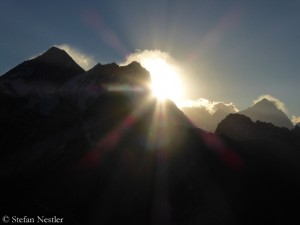

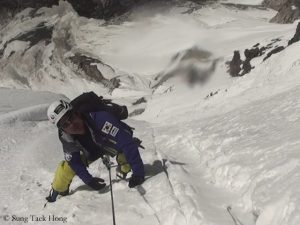
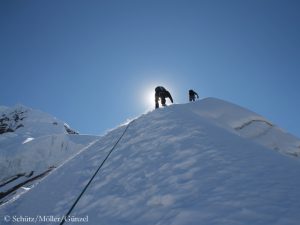
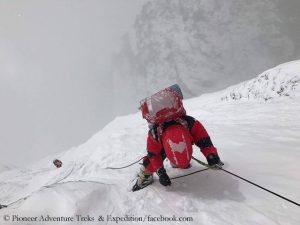
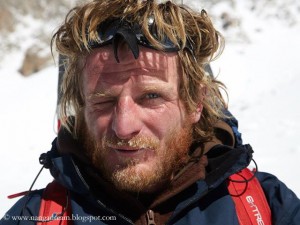
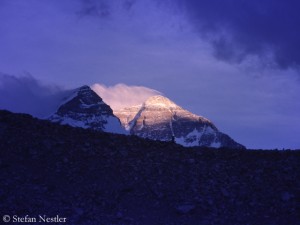
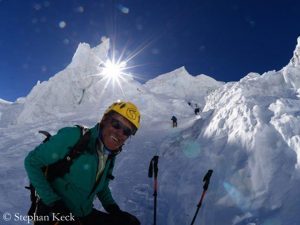
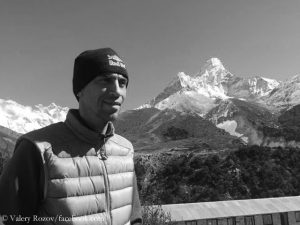
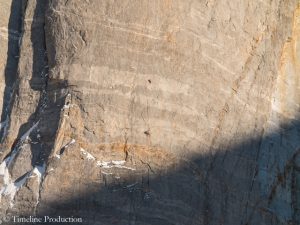
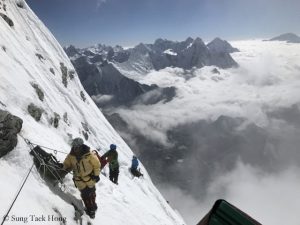
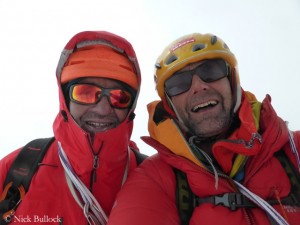
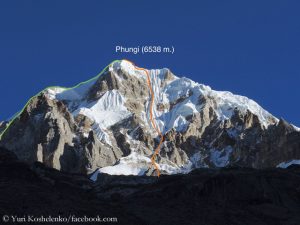
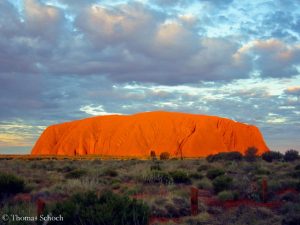

Feedback